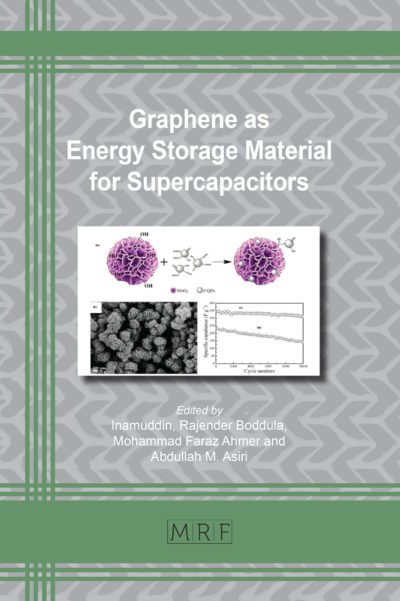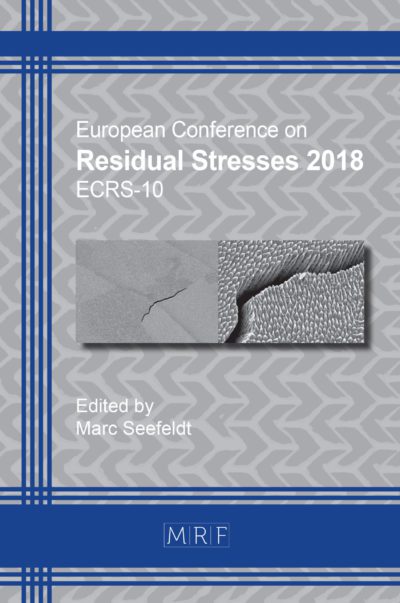Development of a multi-field computational tool for high-fidelity static aeroelastic simulations
Marco Grifò, Andrea Da Ronch, Alberto Milazzo, Ivano Benedetti
download PDFAbstract. A new method for high-fidelity aeroelastic static analysis of composite laminated wings is proposed. The structural analysis and the fluid-dynamic analysis are coupled in a heterogeneous staggered process. The Finite Element Method (FEM), the Carrera Unified Formulation (CUF) and Equivalent Plate Modelling (EPM) are combined to model complex three-dimensional geometries in a bi-dimensional framework; Computational Fluid Dynamics (CFD) is employed to solve the Navier-Stokes equations and different turbulence models (i.e. Spalart-Allmaras) through SU2, an open-source software that implements C++ routines for 3D fluid-dynamics analysis. The Moving Least Square patch technique is adopted to manage the fluid-structure interaction. The use of an equivalent plate model, as opposite to 1D models often employed in the literature, shows competitive performances in terms of number of degrees of freedom. High-fidelity aerodynamics allows studying non-linear phenomena associated to irregularities of the fluid-structure interaction, showing a level of accuracy that low-fidelity methods such as Vortex Lattice Method (VLM) and Doublet Lattice Method (DLM) are unable to provide. Such advantages are balanced by the need to elaborate a staggered iterative method for the resolution of static aeroelastic problems, which leads to higher computational costs.
Keywords
Aeroelasticity, Composite Materials, FEM, CFD
Published online 3/17/2022, 4 pages
Copyright © 2023 by the author(s)
Published under license by Materials Research Forum LLC., Millersville PA, USA
Citation: Marco Grifò, Andrea Da Ronch, Alberto Milazzo, Ivano Benedetti, Development of a multi-field computational tool for high-fidelity static aeroelastic simulations, Materials Research Proceedings, Vol. 26, pp 263-266, 2023
DOI: https://doi.org/10.21741/9781644902431-43
The article was published as article 43 of the book Theoretical and Applied Mechanics
![]() Content from this work may be used under the terms of the Creative Commons Attribution 3.0 license. Any further distribution of this work must maintain attribution to the author(s) and the title of the work, journal citation and DOI.
Content from this work may be used under the terms of the Creative Commons Attribution 3.0 license. Any further distribution of this work must maintain attribution to the author(s) and the title of the work, journal citation and DOI.
References
[1] E. Carrera, M. Cinefra, M. Petrolo, E. Zappino. “Finite Element Analysis of Structures through Unified Formulation”. Wiley, 1st edition (2014). Https://doi.org/10.1002/9781118536643
[2] R. Kapania, Y. Liu, Static and vibration analysis of general wing structures using equivalent plate models, in: 41st AIAA/ASME/ASCE/AHS/ASC Structures, Structural Dynamics and Materials Conference, 2000. https://doi.org/10.2514/6.2000-1434
[3] F. Palacios, T.D. Economon et al. Stanford University Unstructured (SU2): Open-source Analysis and Design Technology for Turbulent Flows in “Proceeding of AIAA SciTech, Aerospace Sciences Meeting”, (2014). Https://doi.org/10.2514/6.2014-0243
[4] E. Carrera, A. Varello, L. Demasi. A refined structural model for static aeroelastic response and divergence of metallic and composite wings. CEAS Aeronaut J, 4, pp. 175-189 (2013). Https://doi.org/10.1007/s13272-013-0063-2
































